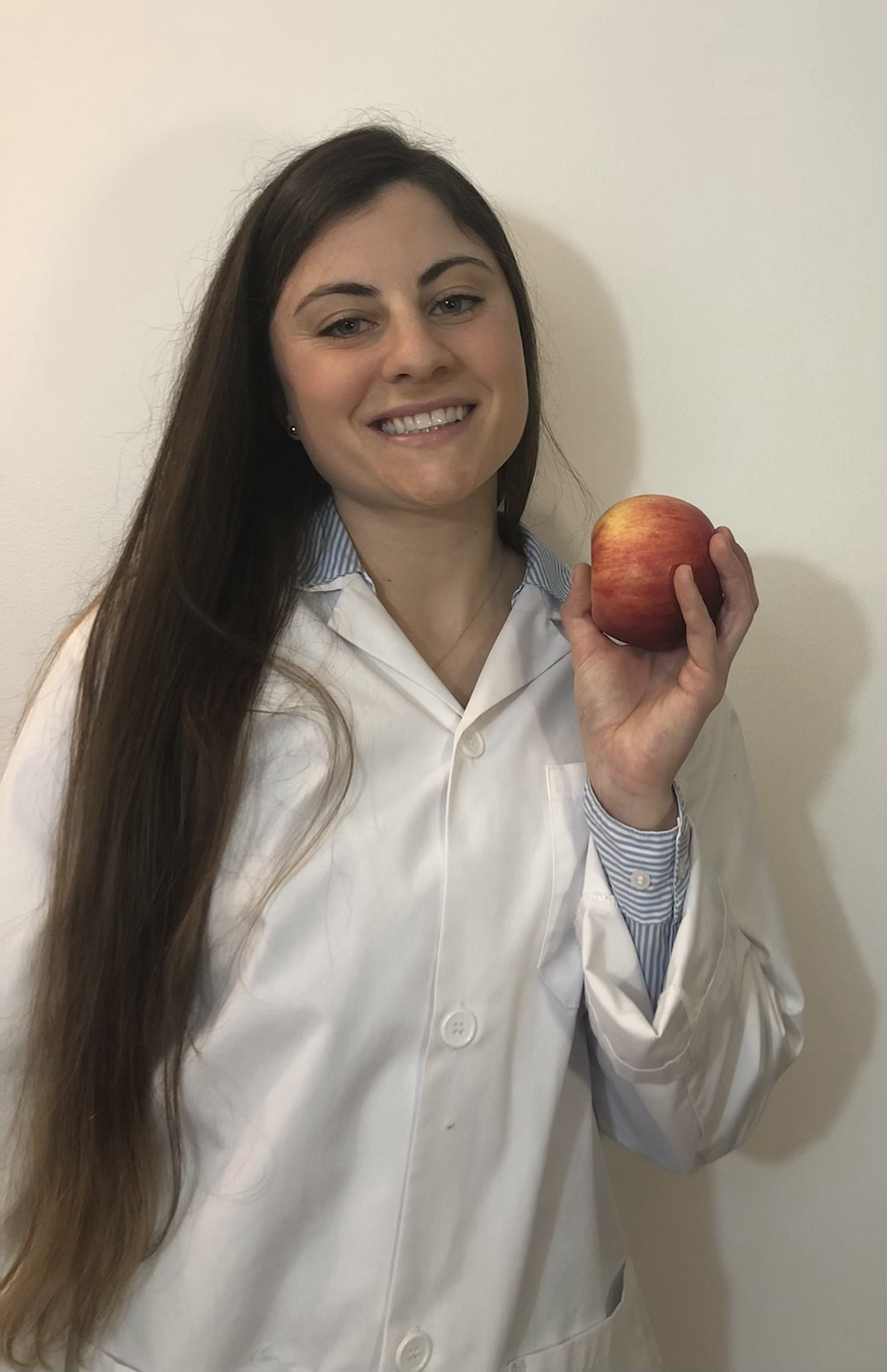Intuitive Eating During The Holidays
- Karine Drouin

- Nov 29, 2021
- 2 min read

For many people, the holiday season means getting together with family and friends as well as food galore. Unfortunately, this can be a stressful time for some people with eating disorders as plenty of food is often offered. To have a better relationship with food and your body, intuitive eating can be a good starting point. This text explains two principles of intuitive eating and debunks a myth about this approach.
1- All foods are allowed
Food should not be called good or bad. If you tell yourself that you cannot eat a certain food, it can lead to a feeling of deprivation. It's like putting it on a pedestal, thinking it is better than some other food. So it risks becoming a little obsession. Then, when we give ourselves permission to eat it, very often we eat more of it and faster than if we had just allowed ourselves. Eventually, the feeling of guilt can arise and we generally deprive ourselves of this food again. This is how the cycle of food deprivation begins again. Of course some foods are more nutritious than others! On the other hand, those with low nutritional value can be part of a healthy diet. To give yourself permission to eat any food is to make peace with food.
2- Fell your fullness
It is important to take the time to eat and not to eat until you are too full. To be more attentive to our signals of satiation, it is important not to have distractions when eating (cell phone, television, work, etc.). It is also possible to take a break after you've eaten half of your plate and wonder if you are still hungry. On the other hand, if you are used to eating quickly, you can try the fork method. That is, take a bite, put the utensil down, slowly chew our bite while savoring it and when swallowed, take your utensil for another bite.
Myth: You can eat anything when eating intuitively

When following intuitive eating, it is wrong to say that you can eat anything. We must take care of
our body by nourishing it well. Obviously, if we only eat sweets and other desserts, we increase our risk of being overweight and of certain diseases. This is why it is important to have a good basis for our diet, by following the healthy plate of Canada's food guide. The balanced plate is ½ plate (1 to 2 cups) of fruits and vegetables, ¼ plate of protein (about 2 eggs or 75 g of meat or ¾ cup of legumes, etc.) and 1/4 whole grain cereal plate (about ½ cup rice, 1 cup pasta, etc.).
Conclusion
To have a better relationship with food, the principles of intuitive eating can be applied and it is important to nourish your body with all the essential nutrients by following Canada's Food Guide. The 10 detailed principles of intuitive eating can be found here: https://www.intuitiveeating.org/10-principles-of-intuitive-eating/
For those with eating disorders, it is also important to work with a psychologist and a dietitian.
Karine Drouin, RD.
References
Tribole E et coll. (n.d.) 10 Principles of Intuitive Eating. Retrouvé en ligne le 3 novembre 2021 au https://www.intuitiveeating.org/10-principles-of-intuitive-eating/
Image retrouvée le 18 octobre 2021 en ligne au https://guide-alimentaire.canada.ca/fr/conseils-pour-alimentation-saine/utilisez-assiette-du-guide-alimentaire-canadien-pour-preparer/



Comments